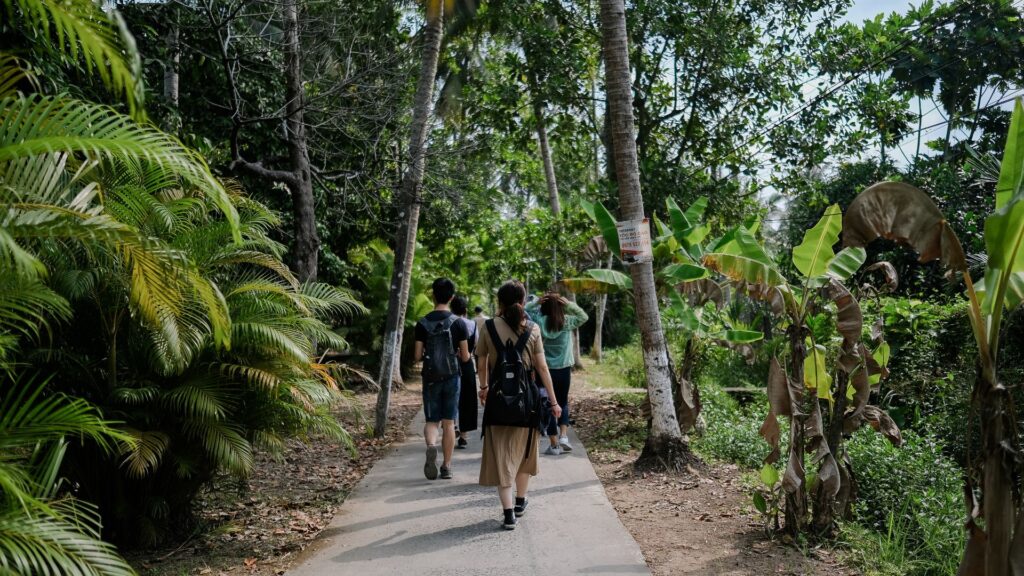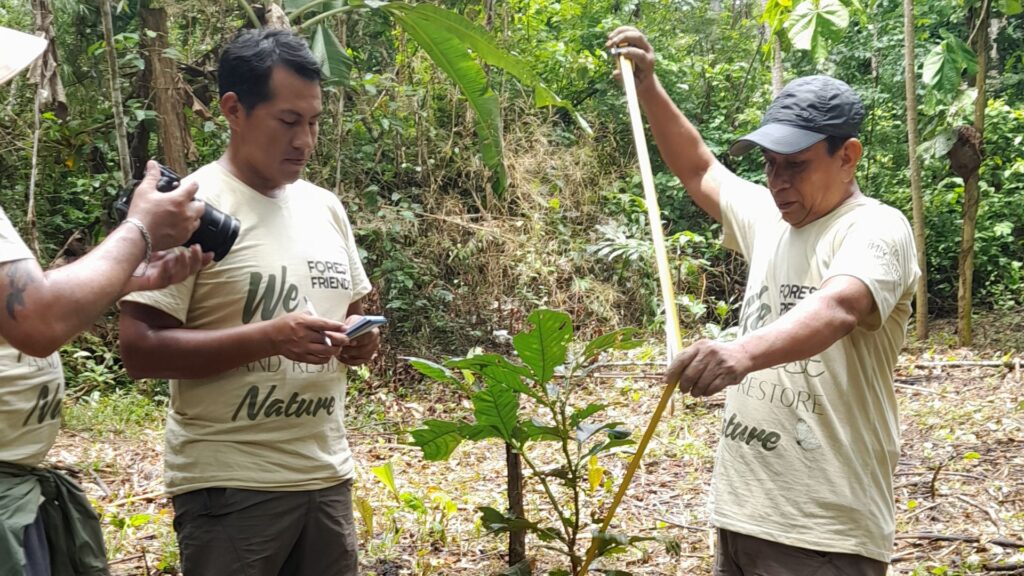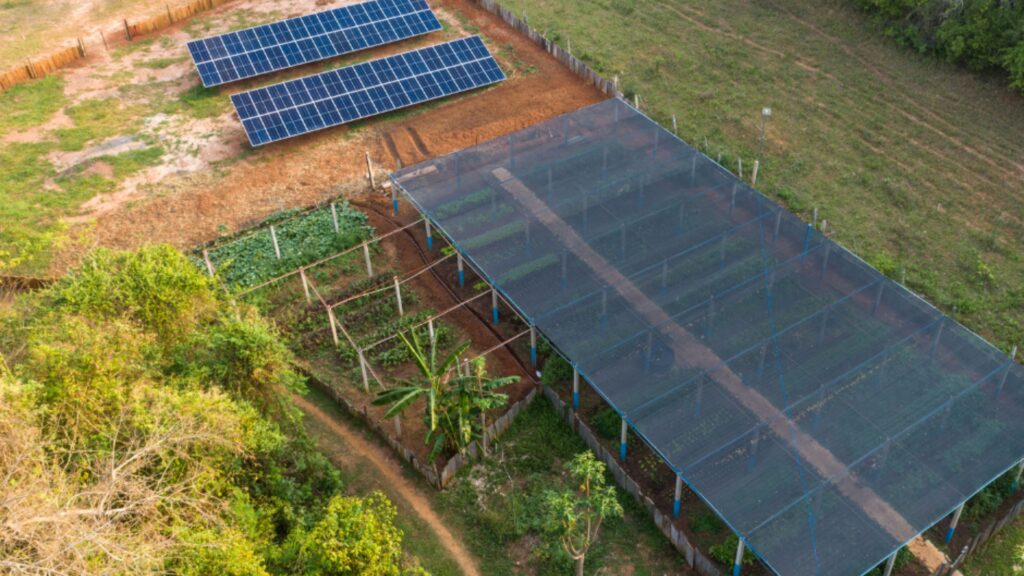The Magic of Cloud Forests: A Haven for Nature and Ecotourism
Cloud forests, often called nature’s green cathedrals, are mystical ecosystems draped in mist and rich in biodiversity. Found in tropical and subtropical regions, typically on mountain slopes where clouds kiss the Earth, these forests are vital for global ecological balance and offer an enchanting destination for ecotourists. What Are Cloud Forests? Cloud forests are characterized by their unique climate—high humidity and persistent cloud cover at the canopy level. This combination creates an environment brimming with life. Cloud forests resemble something out of a fairy tale with their moss-covered trees, vibrant orchids, and cascading waterfalls. They are often found at elevations between 3,000 and 10,000 feet, with iconic examples in Costa Rica, Ecuador, and Indonesia. These ecosystems play an essential role in the global water cycle. Acting as natural sponges, cloud forests capture moisture from the air and release it slowly, replenishing rivers and aquifers below. They are also carbon sinks, sequestering vast amounts of carbon dioxide and helping mitigate the effects of climate change. A Biodiversity Hotspot Cloud forests host an extraordinary variety of flora and fauna, many of which are found nowhere else on Earth. Flora: The thick canopy and consistent moisture encourage the growth of epiphytes like mosses, ferns, and orchids, which cling to trees and add layers of green beauty. Fauna: They are home to a dazzling array of wildlife, from colorful birds like the resplendent quetzal to elusive mammals like the spectacled bear. Insects, amphibians, and reptiles thrive in this lush environment, with many species yet to be discovered. Unfortunately, these biodiversity hotspots are threatened by deforestation, agriculture, and climate change, shifting the altitude at which clouds form and endangering the delicate balance of these ecosystems. Cloud Forests and Ecotourism Ecotourism is emerging as a key strategy for preserving cloud forests while providing sustainable economic benefits to local communities. By visiting these natural wonders, travelers can support conservation efforts while experiencing unparalleled natural beauty. Cloud Forests in Costa Rica: The Osa Peninsula One remarkable destination where cloud forests can be explored is the Osa Peninsula in Costa Rica. Known primarily for Corcovado National Park, which protects one-third of the peninsula, this region boasts an astounding variety of ecosystems, including cloud forests. These high-altitude forests are home to incredible biodiversity, featuring species found nowhere else on Earth. Several of our partners in the region, including Tulu Travel and Swetours, are committed to sustainable tourism practices. They offer opportunities to explore the Osa’s cloud forests and surrounding habitats responsibly, ensuring that these delicate ecosystems remain intact for future generations. Additionally, CEPA Customized Educational Programs Abroad has contributed to the conservation of the Osa Peninsula by planting over 7,000 native trees to date, offsetting carbon emissions from their programs through Saimiri Foundation, Forest Friends planting partner and non-profit organization dedicated to the rescue, preservation, and protection of the natural resources of Costa Rica. More Top Cloud Forest Destinations for Ecotourists Monteverde Cloud Forest Reserve, Costa Rica This iconic destination offers guided tours along its hanging bridges and trails, providing breathtaking views of the forest canopy. Monteverde is a pioneer in ecotourism, with profits reinvested into conservation. Mindo Cloud Forest, Ecuador A birdwatcher’s paradise, Mindo boasts hundreds of bird species, including toucans and hummingbirds. Sustainable lodges offer immersive stays that minimize ecological impact. Bwindi Impenetrable Forest, Uganda Known for its mountain gorillas, Bwindi is a UNESCO World Heritage Site that merges wildlife conservation with community-based tourism. Kinabalu Park, Malaysia This cloud forest at the base of Mount Kinabalu is home to unique plant species like the Rafflesia, the world’s largest flower. Local guides offer insights into the park’s ecological significance. Tips for Responsible Ecotourism in Cloud Forests Choose eco-certified operators: Support tour companies that prioritize sustainability. Stick to marked trails: Avoid damaging sensitive ecosystems by venturing off-path. Support local communities: Purchase locally made goods and services to help sustain livelihoods. Travel lightly: Minimize waste and carbon footprint during your visit. Why Protecting Cloud Forests and Other Ecosystems Matters Cloud forests and other vital habitats, like Tambopata, are not just treasures for those who visit—they are lifelines for the planet. Protecting these ecosystems ensures the survival of countless species, sustains freshwater supplies for millions of people, and helps combat climate change. Ecotourism can strike a delicate balance between human interaction and preservation, fostering appreciation and resources for conservation. By visiting responsibly, travelers contribute to a global effort to protect these irreplaceable environments. Whether it’s walking amidst ancient trees shrouded in mist or cruising along the Amazonian waterways, the experience is a humbling reminder of the planet’s wonders—and our role in safeguarding them. So, pack your hiking boots, your curiosity, and your commitment to sustainability, and let the magic of cloud forests and the Tambopata rainforest transform the way you see the natural world. With partners like Tulu Travel, Swetours, and CEPA, your journey will not only inspire but also contribute to the preservation of our planet’s most extraordinary places.
The Magic of Cloud Forests: A Haven for Nature and Ecotourism Read More »







